Were you ever into treasure hunting as a kid? I’ve always loved stories about D.B. Cooper’s hidden treasure and watching The Goonies search for pirate’s booty. About a year ago, we discovered that there is a fun form of treasure hunting out there and we can bring the kids along for the adventure. In honor of nature week on our virtual summer camp, I finally decided to sit down and write out the geocaching post we’ve been planning. Geocaching is a phenomenal activity for kids and it gets them outdoors and moving!

What Is Geocaching
Geocaching, or treasure hunting, as I explain it to people, is a hobby in which you follow clues and coordinates to locate hidden “caches”. There is a free Geocaching app filled with all of the information you’ll need to find them. (You can purchase a premium version of the app for more caches and more features, like making maps available offline. I like that option because you often lose cell service in the middle of nowhere!)
Each cache has a name and its information listed within the app. You’ll get longitude and latitude coordinates to navigate toward. It’s important to note that the coordinates are not always dead-on accurate. Hints may be listed within the cache description or the activity from geocachers before you. They may comment hints or share pictures that help give you an idea of what you might be missing in your search.
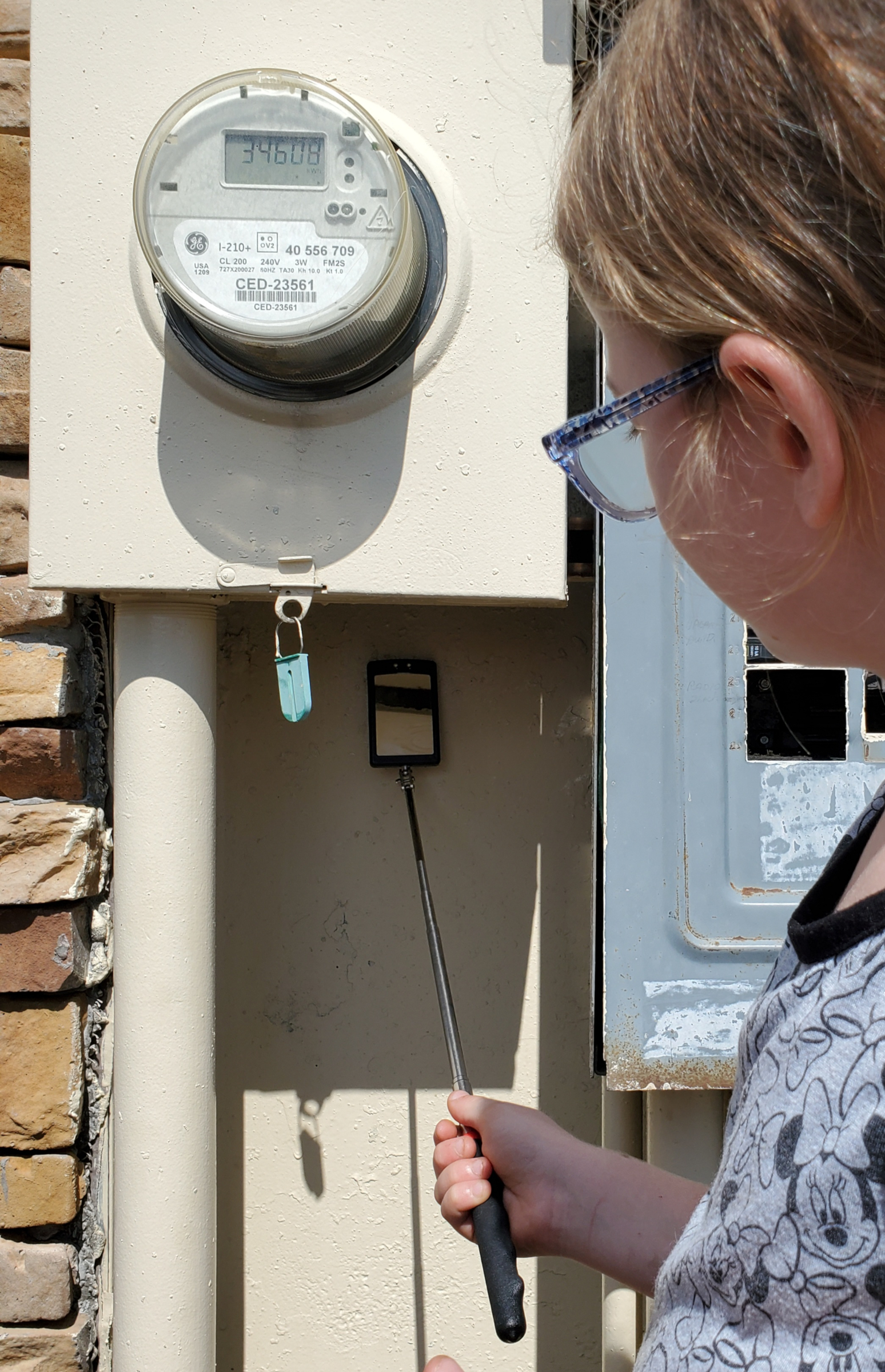 Sometimes we use tools to try to access hard-to-reach places, like this telescopic mirror.
Sometimes we use tools to try to access hard-to-reach places, like this telescopic mirror.
What’s Inside a Geocache
Caches can be as simple as a tiny case, a nano or micro, that fits only a log for you to sign that you’ve found it. Be sure to mark it “found” in your app as well! Caches can also be huge and full of goodies. It’s always good form to bring along some goodies of your own to put inside the cache. The kids like to bring former toys, jewelry, items from the dollar store, or other cool things that we want to share like the geodes we found. My stepmom and my siblings went out for their very first cache and found a cache full of creepy, realistic plastic cockroaches! Beware the pranksters, ha!
 Examples of some loot we have dropped into caches!
Examples of some loot we have dropped into caches!
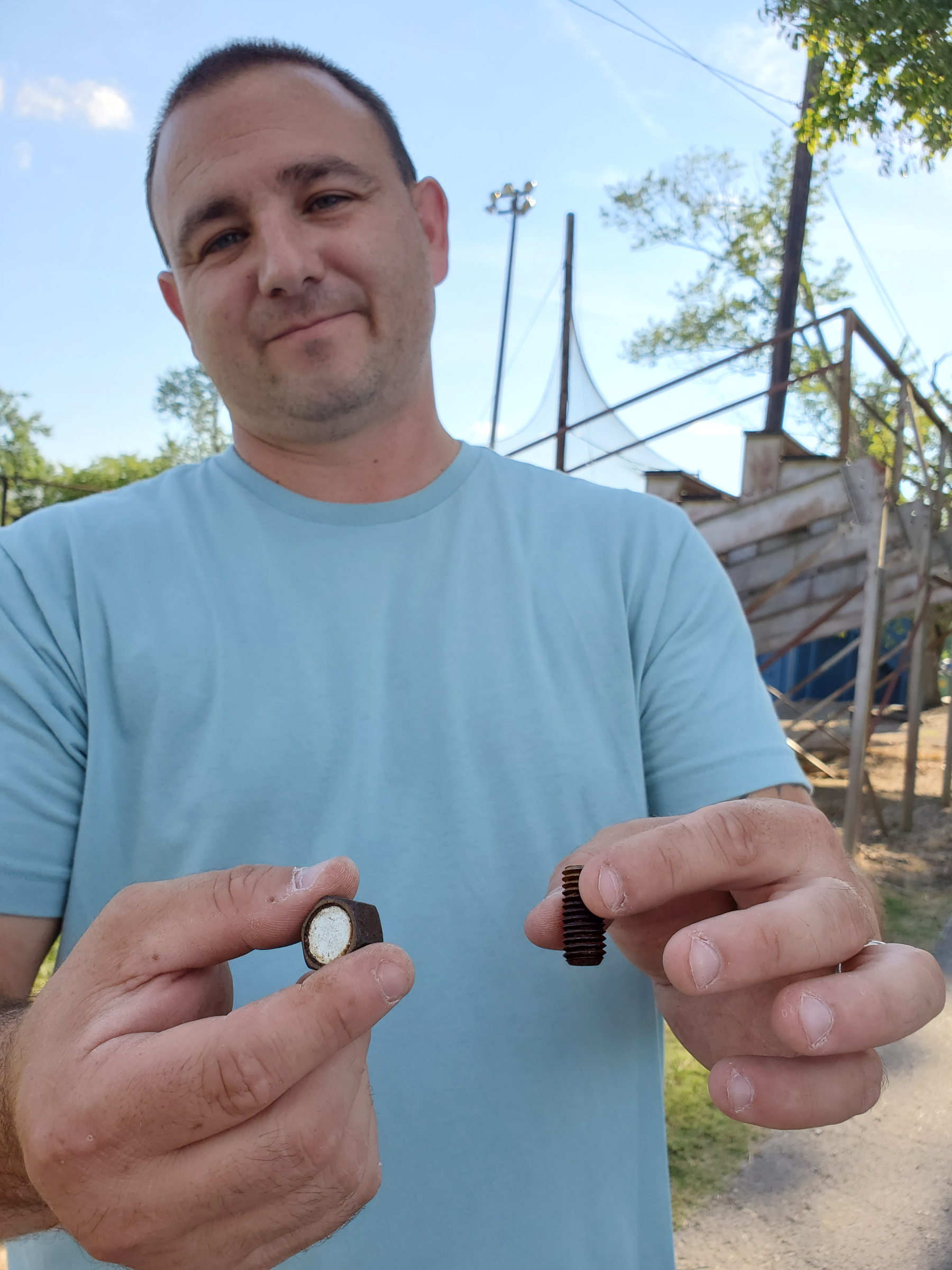 A very well-camouflaged micro cache that was tough to find! It contains only a log.
A very well-camouflaged micro cache that was tough to find! It contains only a log.
Geocaching Varieties
There are different types of geocaches out there. Not just the different sizes in the traditional caches as I mentioned before, but different missions entirely. For example, there is an earth cache. An earth cache would require a physical visit to a location wherein you would answer a question about a specific feature or post a picture. There is often a mini lesson involved with this, such as geological formations or historical occurrences.
There are also mystery caches that involve the solution of a puzzle. The information can often be gleaned from a visit to a site and then your answer is reduced to mathematical computations in order to determine the coordinates. Other times, you may need to research information online for those computations.
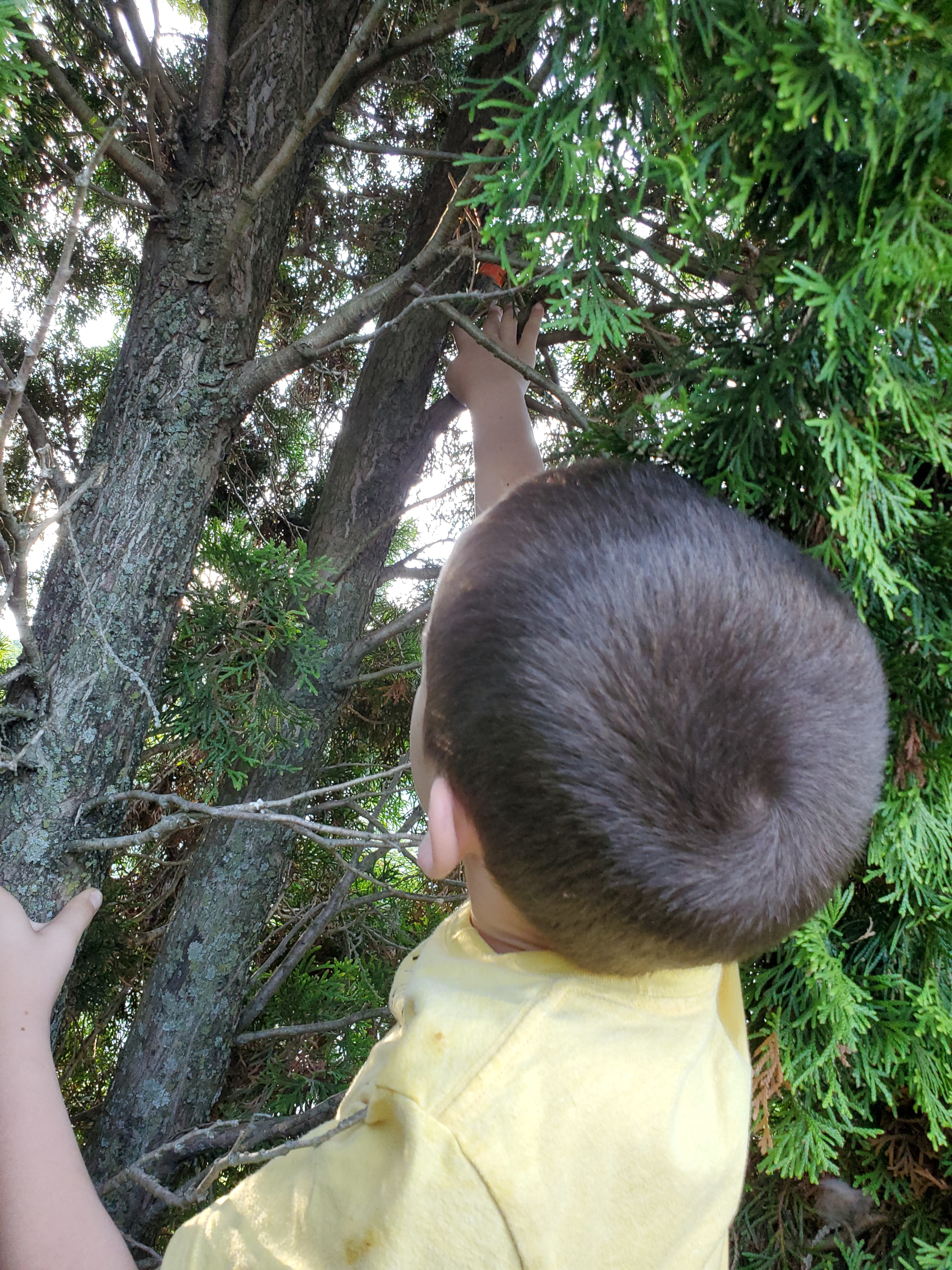
Virtual caches are limited in number by Geocaching.com. They are often done in places of reverence, such as cemeteries, memorials, and things of a respectful nature. There is rarely a physical cache associated with these. It’s more like a hunt for an answer that may be a name or date upon a gravestone. The real treasure for these is the experience or memory you’ll walk away with.
There are other types of caches as well, like Adventure Labs and letter boxes but they are far more rare.
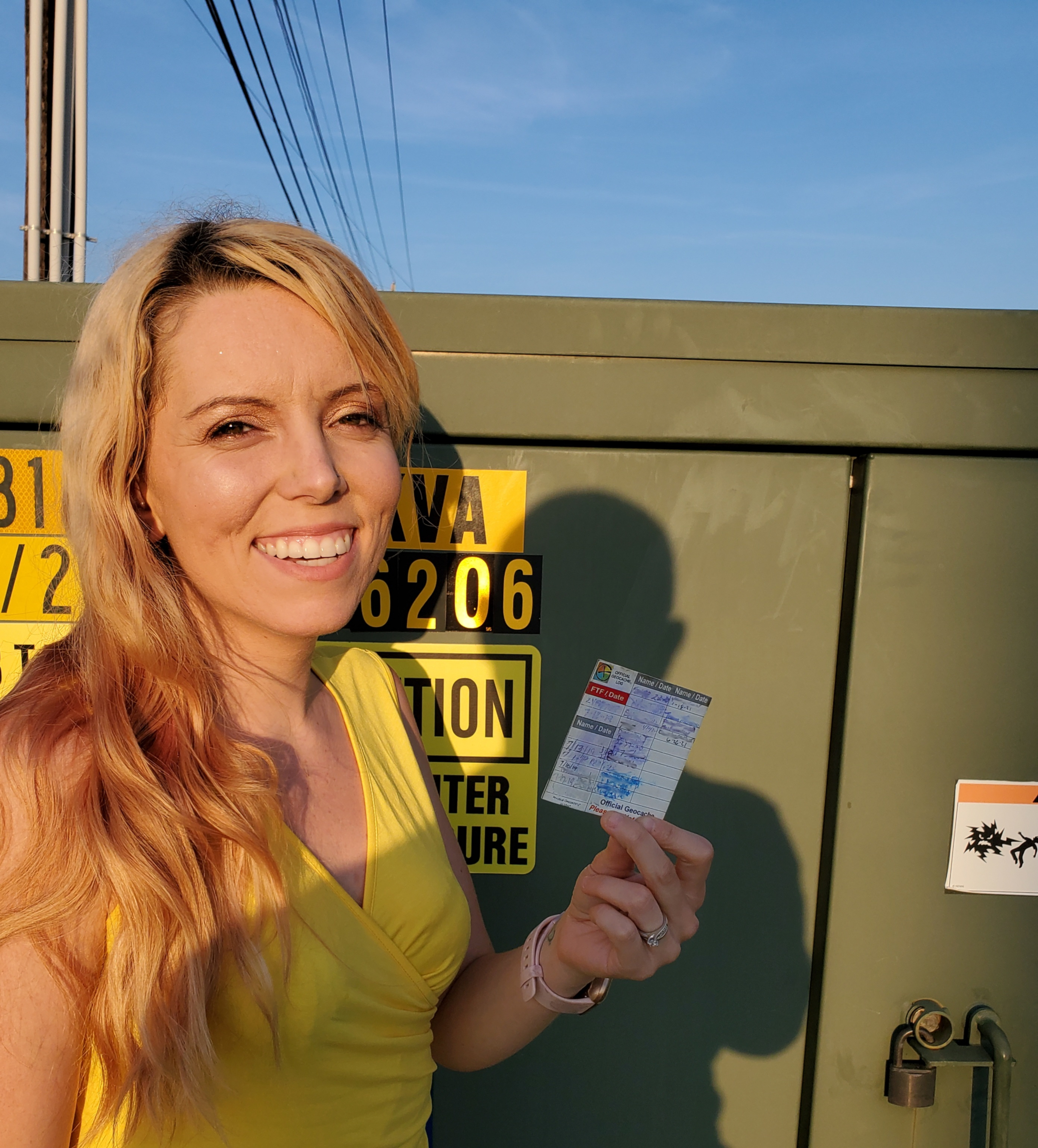
We think this is just the right amount information for our 101 basics session but next time, Mr. Quirky Mom Next Door is going to walk you through some of the things you will be ready to hear about. He will talk about travel bugs and creating your own geocaches! The more the merrier, right?!
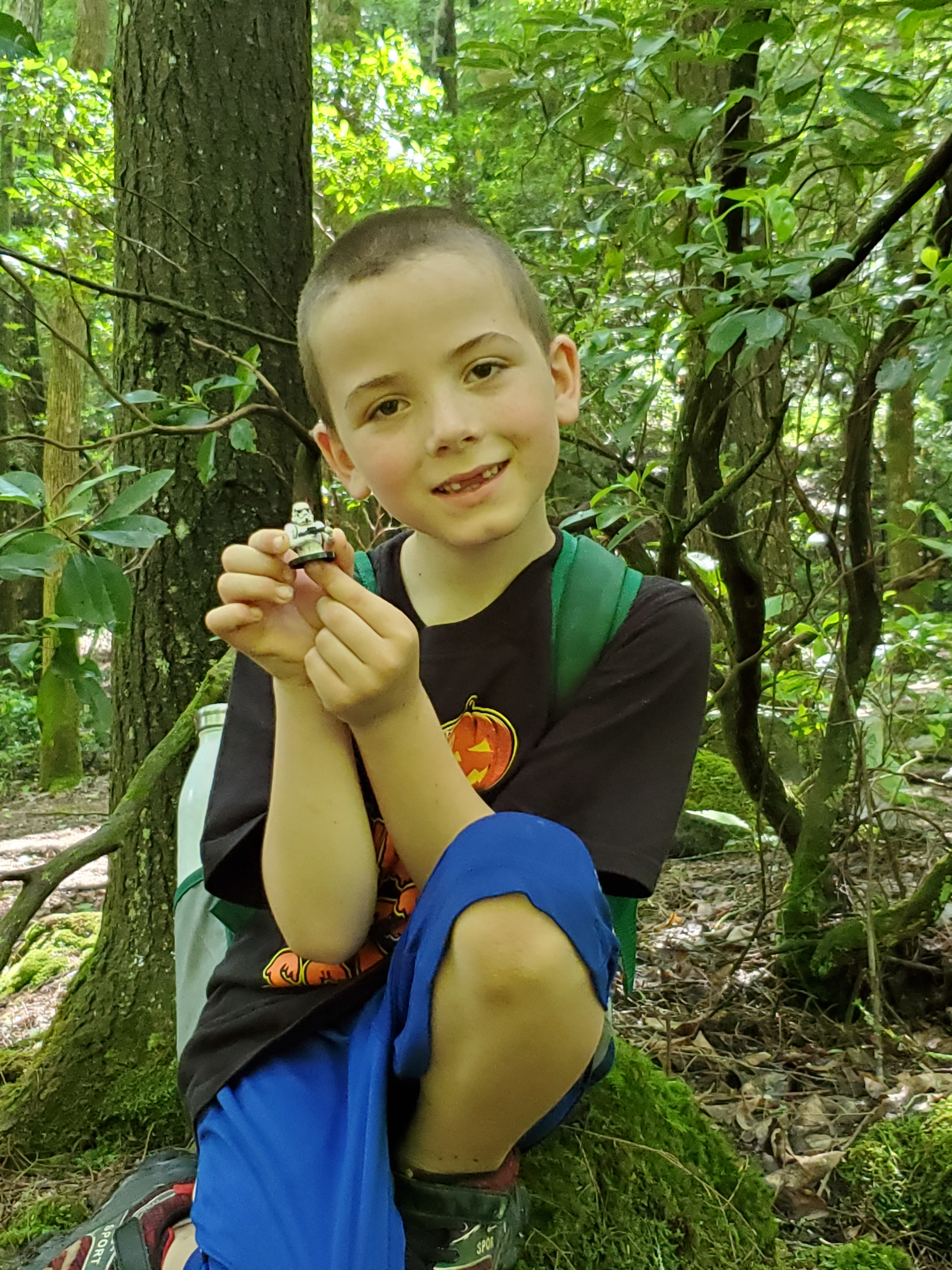
If you have any questions, please post them in the comments below and don’t forget to tag us in your geocaching adventures with the hashtag #CampQuirky2021!
